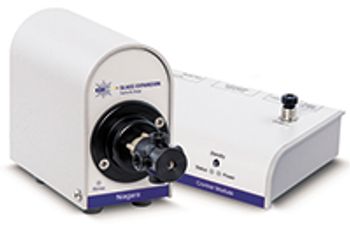
Jerry Dulude
Jerry Dulude is with Glass Expansion, Inc., Pocasset, Massachusetts.
Articles by Jerry Dulude


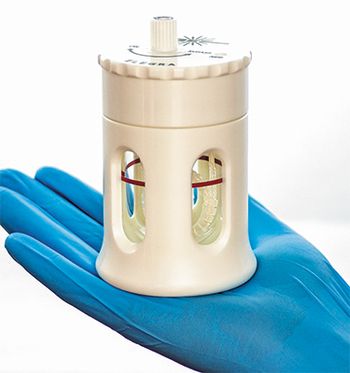
The elegant design of the Elegra results in a very compact accessory (Figure 1), making it easy to fit every ICP model without overcrowding the sample compartment. The Elegra utilizes highly efficient membrane technology to add moisture to the argon as it flows through the inert metal-free construction. The device runs at atmospheric pressure and does not require heating or electric power. The Elegra is also configured with a bypass switch so that the operator can turn humidification on and off without connecting or disconnecting any tubing. For easy installation on any ICP instrument and nebulizer, each Elegra Kit is packaged with customized gas connectors.

An ICP optical spectrometer suffers from many challenges when faced with high salt samples. This work describes the selection of the best components and accessories for this application.

This article offers some suggestions for routine maintenance and offers guidance to troubleshoot common problems encountered in the ICP-MS sample introduction area.

The analysis of naphtha was accomplished without dilution. A reduced nebulizer gas flow and a spray chamber temperature of -25C yielded the highest sensitivity and best precision and detection limits.

Strategic modifications were made to the sample introduction system of an ICP optical spectrometer in order to improve precision, reduce drift and carryover, lower detection limits and speed analysis.
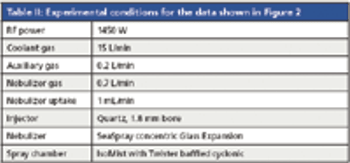
Environmental applications of ICP and ICP-MS
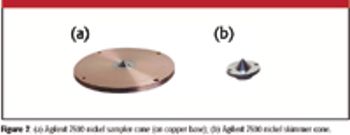
In this article, the author describes the components available for the "front end" of an inductively coupled plasma spectrometer and discusses the pros and cons of each.
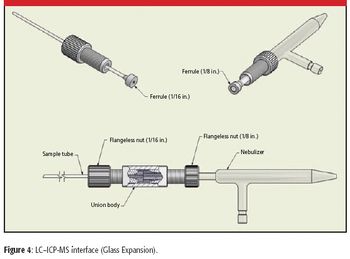
Two of the most significant areas of advancement in inductively coupled plasma-mass spectrometry (ICP-MS) with respect to clinical applications have been the evolution of the sample introduction system and the interface of liquid chromatography (LC). The complexity of the sample matrix creates challenges for a number of components involved with the introduction of ions into the mass spectrometer, including the nebulizer, spray chamber, torch, and interface cones. The development of LC-ICP-MS methods enables analysts to quantitate not only the total metal content but the form of the metal as well, a distinction that in many cases is crucial. Although the refinement of reaction and collision cell technology has been important for this application, much has been written elsewhere and it will not be addressed here.
Latest Updated Articles
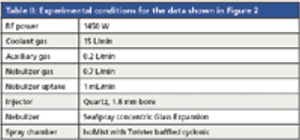 Optimizing Productivity for Environmental Applications of ICP
Optimizing Productivity for Environmental Applications of ICPPublished: November 1st 2009 | Updated:
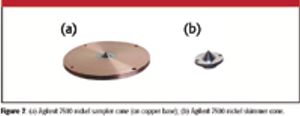 Selecting the Best ICP Sample Introduction System
Selecting the Best ICP Sample Introduction SystemPublished: October 1st 2008 | Updated:
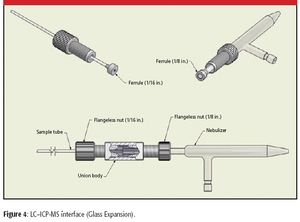 Clinical Applications of ICP-MS: Optimizing the Front End
Clinical Applications of ICP-MS: Optimizing the Front EndPublished: October 1st 2007 | Updated:
 Approaches to Maximize Performance and Reduce the Frequency of Routine Maintenance in ICP-MS
Approaches to Maximize Performance and Reduce the Frequency of Routine Maintenance in ICP-MSPublished: October 1st 2015 | Updated:
 Performance of a “Souped Up” ICP
Performance of a “Souped Up” ICPPublished: September 21st 2015 | Updated:
 Optimizing the Analysis of Naphtha by ICP-OES
Optimizing the Analysis of Naphtha by ICP-OESPublished: September 24th 2015 | Updated:
